by Kathy J. Jakielski (Author), Christina E. Gildersleeve-Neumann (Author)
Every chapter begins with Learning Objectives and an Applied Science problem and question a research- or clinical-based question that can be answered by applying the phonetic science concepts covered in that chapter. By the end of the chapter, students will revisit the question and be asked to solve the problem posed. Students studying communication sciences and disorders and practicing speech-language pathologists or audiologists will be more successful in their clinical work if they understand the science that underlies the tool of transcription. In each chapter there are also several diverse clinical examples to review the application of concepts covered.
Phonetic Science for Clinical Practice covers exactly what students (and clinical speech-language pathologists and audiologists) need to know to be effective speech-language pathologists and audiologists in any setting where an understanding of speech sounds is needed.
Key Features:
- Focused on practical, clinical application, and the information needed for clinical practice
- A PluralPlus companion website that features PowerPoint lecture slides, Chapter Reviews, sound files for IPA symbols and particular words, as well as related resources, glossary flashcards, and mnemonic flashcards
- Did You Get It? comprehension checks on the material throughout each chapter
- Flashcards for phonetic transcription practice
From the Foreword: “In this book and workbook, Kathy Jakielski and Christina Gildersleeve-Neumann have taken a different approach that will make the material both easier to digest and more engaging to our students. They present articulatory phonetics first the anatomical and physiological foundations for consonants, vowels, and diacritics as the basis for a chapter dedicated to each of these. Chapters on prosody and then acoustics come next. Only once students have a solid foundation in these more basic concepts about speech do the authors focus on concepts from phonology phonemes, allophones, etc. Finally, they close with a lively review of the many respects in which languages differ from each other phonetically. Thus, students will be able to process and master the various components of the field of phonetics one by one. As the reader progresses through the book, the material from the earlier chapters is reviewed and related to the new concepts. As a result, there are many opportunities to re-visit ideas from more basic aspects of phonetics and to integrate them into more complex concepts for a deeper understanding of the whole. This organization should be far less intimidating and far more reinforcing for students. …These two authors know their stuff ; both have many years of hands-on experience in clinical phonetics as well as in teaching this subject. The information in the book, for all of the aspects of phonetics that are covered, is solid as well as accessible.” — Shelley L. Velleman, PhD, CCC-SLP Chair & Professor Communication Sciences and Disorders, University of Vermont
Product Details
- Hardcover: 300 pages
- Publisher: Plural Publishing; 1 edition (October 19, 2017)
- Language: English
- ISBN-10: 1597567310
- ISBN-13: 978-1597567312
- Product Dimensions: 8.5 x 0.6 x 10.8 inches

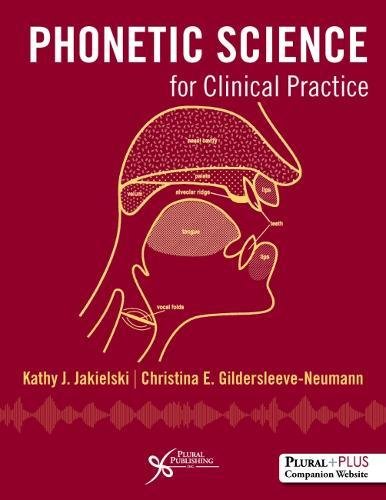
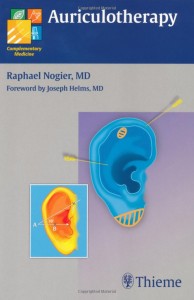


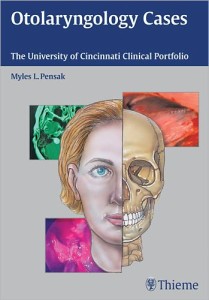
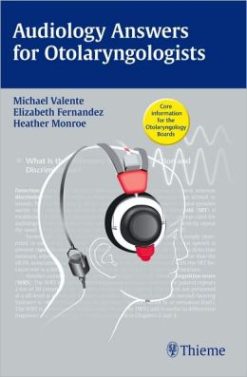


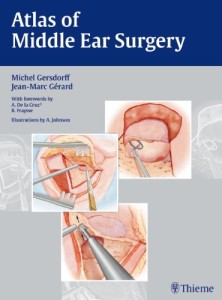
Reviews
There are no reviews yet.